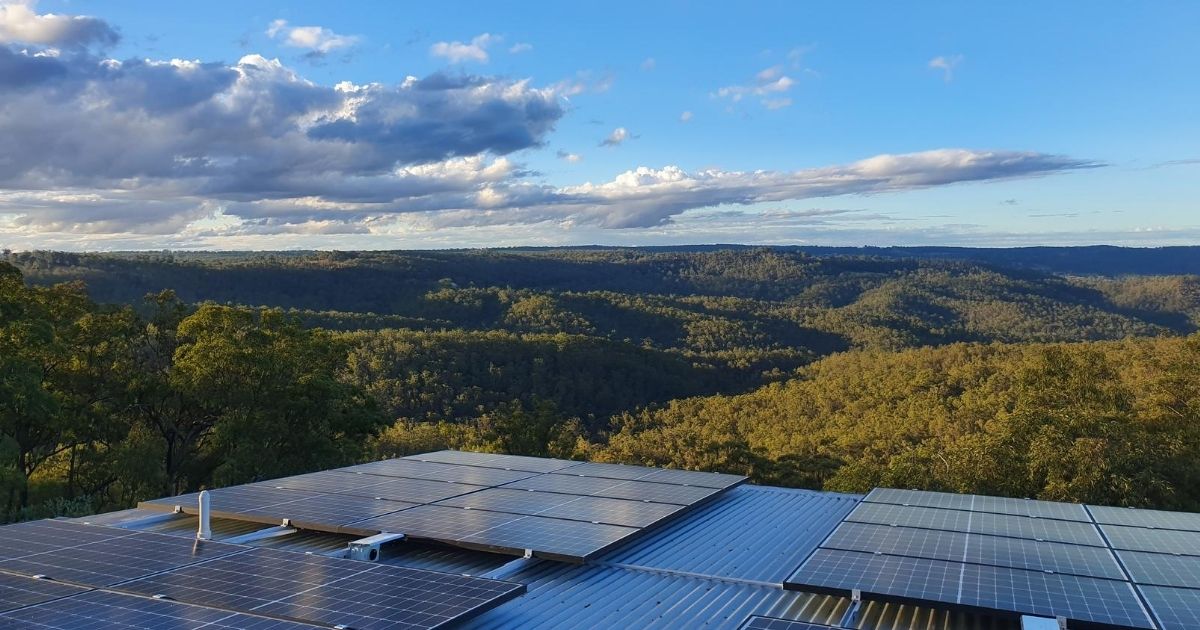Thinking about a solar system but not quite ready to take the plunge? There are things you can do to make sure your house is solar ready, so you can avoid any hidden solar system costs when you choose to make the upgrade.
1. Install the correct conduit in your new house
Building a new house? Great! This is the perfect opportunity to make sure the electrical system is setup correctly from the start, so solar can easily be added on and wired directly into your system. Talk to an experienced solar installer or company so the house can be pre-wired properly. This will make your new house construction tidier, avoiding exposed conduits. Doing this will also allow you to negotiate with your installer to save some money when you choose to install solar in the future.
2. Limit the shade
Planning on landscaping your yard, adding an extra storey or planting some big trees for your grandkids? Think about placement and the height of the tree when it’s full grown so you won’t have a shaded roof in five to ten years. Make sure any additions to your house or any new constructions don’t shade nearby roof areas. Shade severely limits solar efficiency, even if it’s only for a part of the day, so plant wisely.
Tip: Also consider power lines when planting tall trees, as storms or accidents can send branches over the lines and leave you without power for hours or days.
3. Check your switchboard is up to date
Many older switchboards need to be upgraded for two reasons. Firstly, according to Australian standards and regulations, electricians must leave the electrical system compliant for the distributor to install new solar metering. Secondly, older switchboards often don’t include the proper metering equipment so are not capable of measuring your solar power output, which means you won’t get paid for for any feed in tariff.
4. Monitor your roof shade in summer and winter
Checking how nearby buildings or plants shade your roof is an important step in seeing how efficient solar will be for your roof. The sun’s position changes in summer and winter and so do the shadows. Small things such as roof overhangs or a midsize plant could create unexpected shadows in the winter months. A good solar system installer will be able to check and calculate the shade that will touch your roof throughout the year, but planning ahead means you won’t need to worry about removing plants or other sun blockers when you do choose to install.
5. Install Solar Analytics Monitoring
Solar Analytics isn’t just for solar; it can help you track the amount of power you’re using, right down to each device. With real time updates and the ability to check your usage with a simple phone app, it’s a great way to prepare for solar.
By using Solar Analytics for a few months or a year before your installation, you’ll help your solar installer identify peak usage at different times and in different seasons, as well as other factors which impact the type and size of system that will suit your home or business.
Proven Energy are resellers and installers of Solar Analytics and can help you get your house monitoring setup in just a few hours.
6. Collect Your Power Bills
Calculating your yearly spend on electricity is a good way to calculate how much you’ll save if you install solar. Many energy providers now offer online account access, so you can login, view, and download your power bill history for the last few years. Checking your usage and increased costs over time, as well as checking the more relevant period of the last twelve months, can give you some insight into how much you’ve spent and how much you can save in the future.
Want to know more about how suitable your home or business is for solar and how much you can save on your electricity bill? Get in touch today for an obligation free quote.

